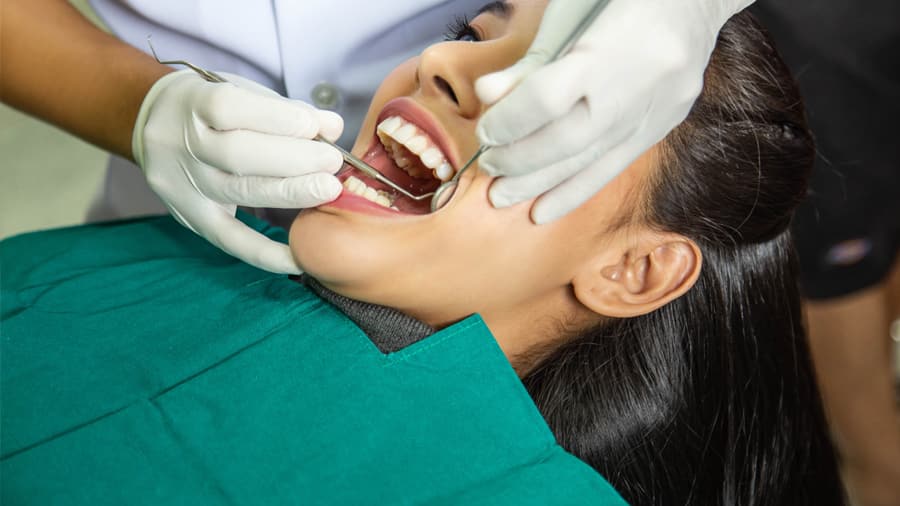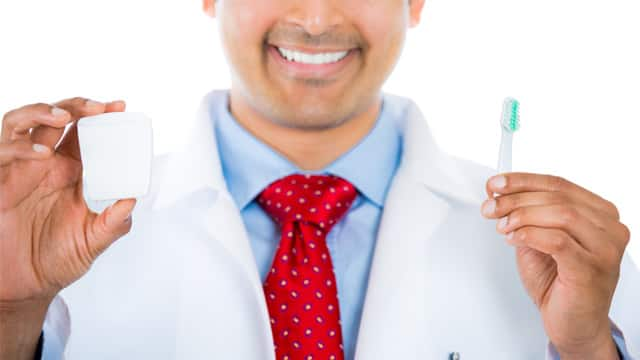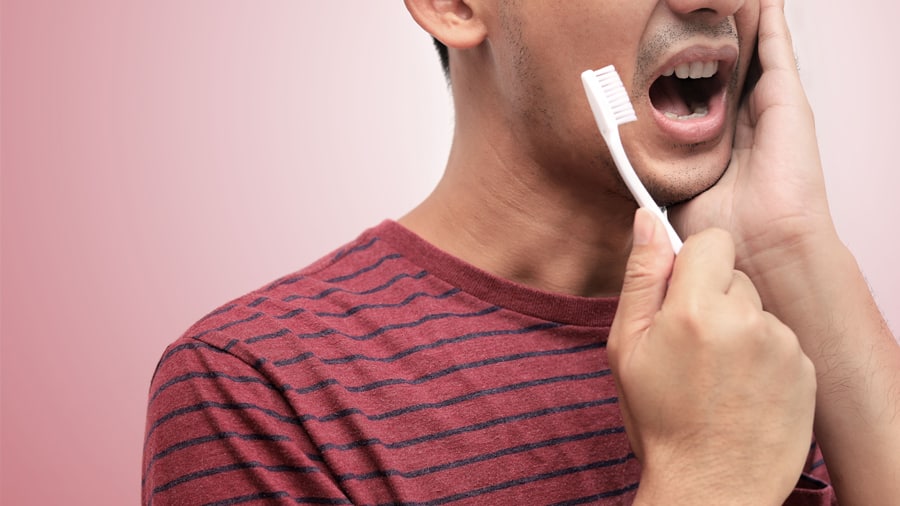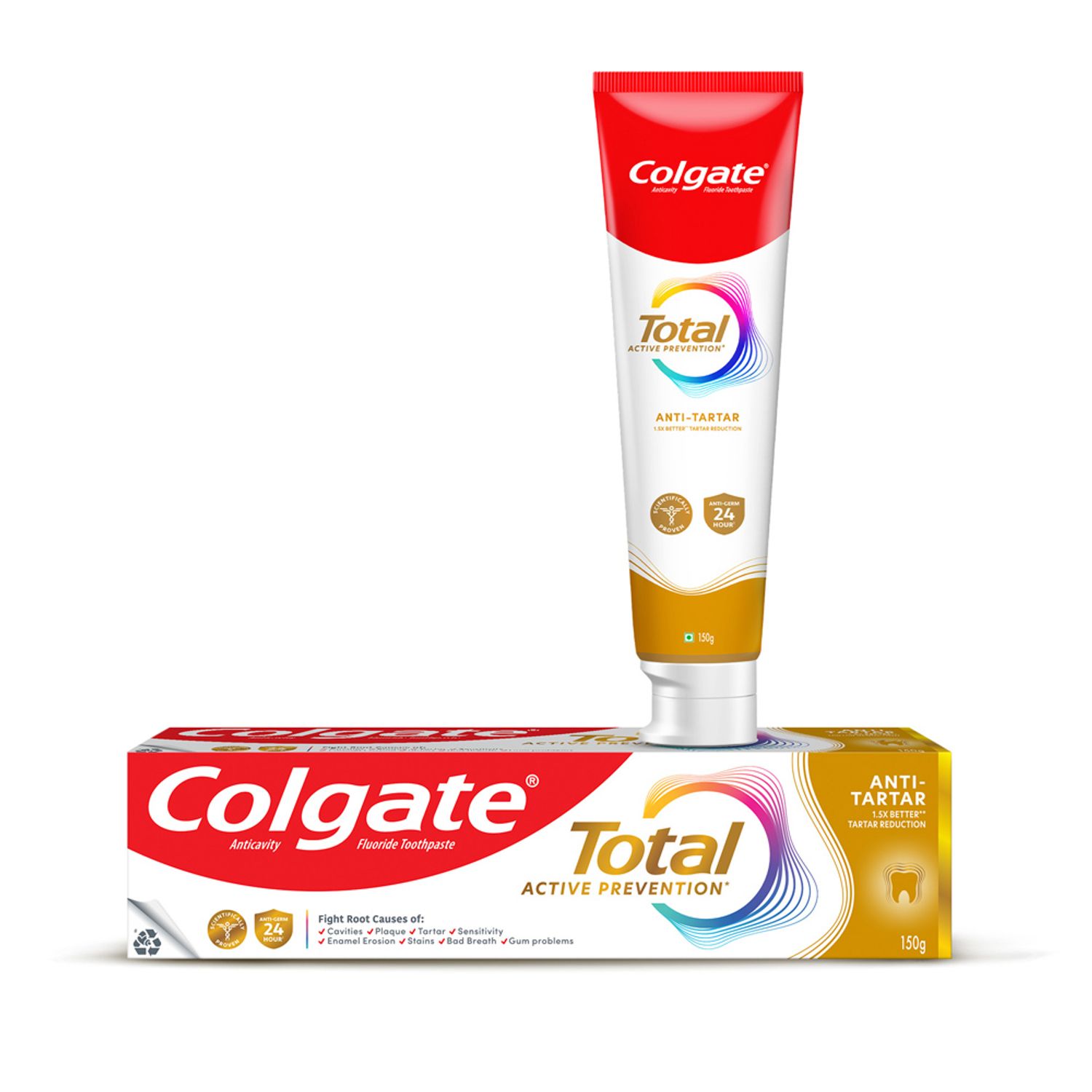Tooth decay is the destruction of your tooth enamel -- the hard, outer layer of your teeth. This issue can affect children, teens and adults. Plaque, a sticky film of bacteria, is constantly forming on your teeth. When you eat or drink foods or beverages containing sugars, the bacteria in plaque produce acids that attack tooth enamel.
The National Health Portal of India explains that tooth surfaces are rough, uneven and a favourite place for cavity-causing bacteria to hide and where leftover food also gets accumulated. These bacteria combine with food and constantly form a soft, sticky film called plaque. When we eat or drink foods containing sugars, the bacteria in plaque produce acid that attacks the tooth enamel. Due to stickiness of the plaque this acid remains in contact with our teeth and over time damages tooth enamel and causes cavities.The types of caries formed can be broken down into two major groups:
Pit and fissure caries. These are found most often on the chewing surfaces of the back (molar and premolar) teeth, and the back of the front (anterior) teeth. Your teeth are composed of several sections of enamel, and where these sections meet, pits and grooves can trap plaque, causing decay. The proper application of pit and fissure sealants, a hard plastic material applied to seal the grooves and pits when the teeth have erupted, can prevent this type of dental caries. The sealants also make it less likely that you will need restorations (fillings) on those surfaces of the teeth.
Smooth surface caries. These are found most often along the gumline or where two teeth touch (interproximal or the space between teeth), if plaque forms in those areas. With the proper use of dental floss, you can prevent most smooth surface caries in the interproximal area, and using a manual or power toothbrush along the gumline can prevent caries in that area as well.
Oral Hygiene Tools and Preventive Products
There are many dental health aids available that can help you avoid dental caries. A quality toothbrush that has the proper angulation and bristles to help remove plaque is essential. There are inexpensive power brushes available to help remove plaque more effectively. Colgate has a large selection of both manual and power toothbrushes. Your dental hygienist or dentist can help you select the best toothbrush for plaque removal.
The use of an ADA-approved toothpaste containing fluoride is also a great way to prevent dental caries, as the fluoride in the toothpaste provides a protective coating that neutralises the acid attack caused by plaque. Once again, it's best to ask your dental hygienist or dentist for a professional recommendation.Fluoride varnish is another oral health aide available at your dentist's office. During your routine check-up, your dental hygienist can apply a thin coat of fluoride varnish to your teeth after the cleaning portion of your visit is completed. This varnish contains a concentrated form of fluoride, which when left on for an hour is incorporated into the surface of your teeth, making the enamel and exposed root surfaces more resistant to the acid attack from plaque.
Fluoride varnish also reduces your teeth's sensitivity to heat and cold, and it can reverse caries that are just forming by strengthening the layer of enamel and remineralising the surface.
Thanks to these medical advancements, dental caries have dramatically been reduced in children and adults. It is not uncommon to see patients to go through their lives without ever having a dental cavity. With consistent dental visits, good oral hygiene habits and a healthy diet, you may be able to go your entire life without encountering the most common oral disease ever faced by man.
This article is intended to promote understanding of and knowledge about general oral health topics. It is not intended to be a substitute for professional advice, diagnosis or treatment. Always seek the advice of your dentist or other qualified healthcare provider with any questions you may have regarding a medical condition or treatment.
ORAL HEALTH QUIZ
What's behind your smile?
Take our Oral Health assessment to get the most from your oral care routine
ORAL HEALTH QUIZ
What's behind your smile?
Take our Oral Health assessment to get the most from your oral care routine













